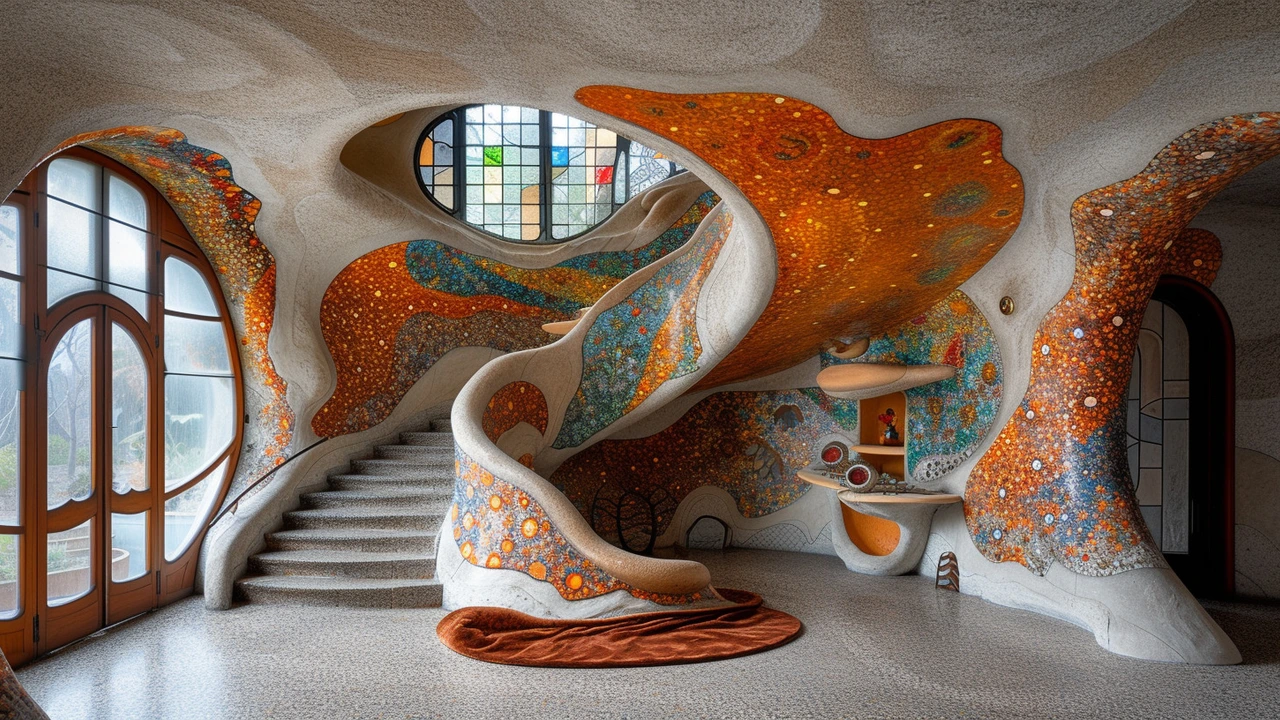Visual Innovation: Practical Ideas to Push Your Art and Design
Want work that feels new instead of just loud? Visual innovation means changing how people see things—by mixing methods, rethinking materials, or borrowing ideas from other fields. You don’t need a manifesto. You need a few clear moves you can try today.
Start by asking one simple question: what would happen if I combined two opposite styles? Photorealism paired with rough texture, or Bauhaus grids used in street art, can make familiar ideas pop. This kind of clash creates fresh tension and draws attention fast.
Quick ways to use visual innovation today
Swap your usual materials. Use industrial paint on paper, or bring natural elements into a gallery piece. Change scale—tiny details blown up or huge sculptures made from everyday objects force viewers to look again. Add tech where it helps: a small LED or motion sensor can turn a static piece into an experience without needing complicated setups.
Limit your palette or toolset for one project. Restrictions spark creativity. Try a three-color limit, or use only one brush type. When choices shrink, ideas sharpen and surprising solutions show up. That’s a simple tactic many Bauhaus and Minimalist artists used to get striking results.
Examples to study and why they work
Study movements for specific techniques. Photorealism teaches precision and patience—great if you want believable detail. Installation art shows how to control a viewer’s path through space. Fluxus and Avant-Garde examples remind you to break rules with humor or everyday actions. Each movement offers a tool, not a rulebook.
Look at urban examples too. Land art and futurism influence how public space can feel more alive—curved benches, art-lined bike paths, or murals that guide sightlines. If you design interiors, borrow those ideas: guide movement with light, use bold focal points, and leave room for unexpected textures.
If you teach or work with clients, make innovation repeatable: set short experiments with clear goals. Example: one-week challenge to remix your last piece using a new material, or a client mood board that forces two opposite styles. Measure what changed—engagement, sales, or just how it made you think differently.
Finally, be selective about influence. Follow artists and movements whose work forces questions instead of just showing polish. Study a few posts on this site—Bauhaus, Fluxus, installation art, and photorealism are all practical starting points. Use their best lessons, leave the rest.
Want a quick checklist to start? Pick one new material, one scale change, one tech element, and set a two-day experiment. Small steps stack into real visual innovation.

